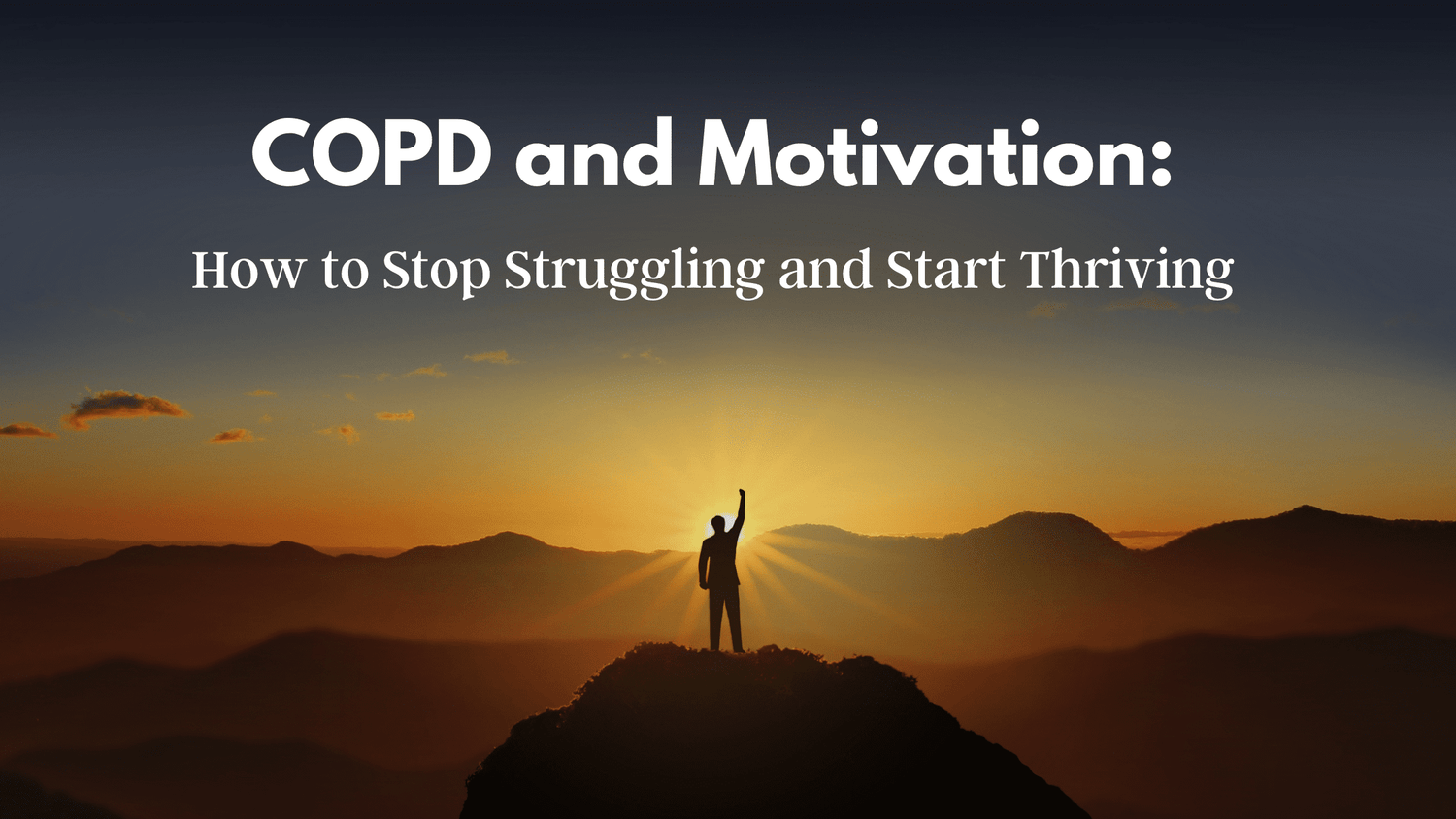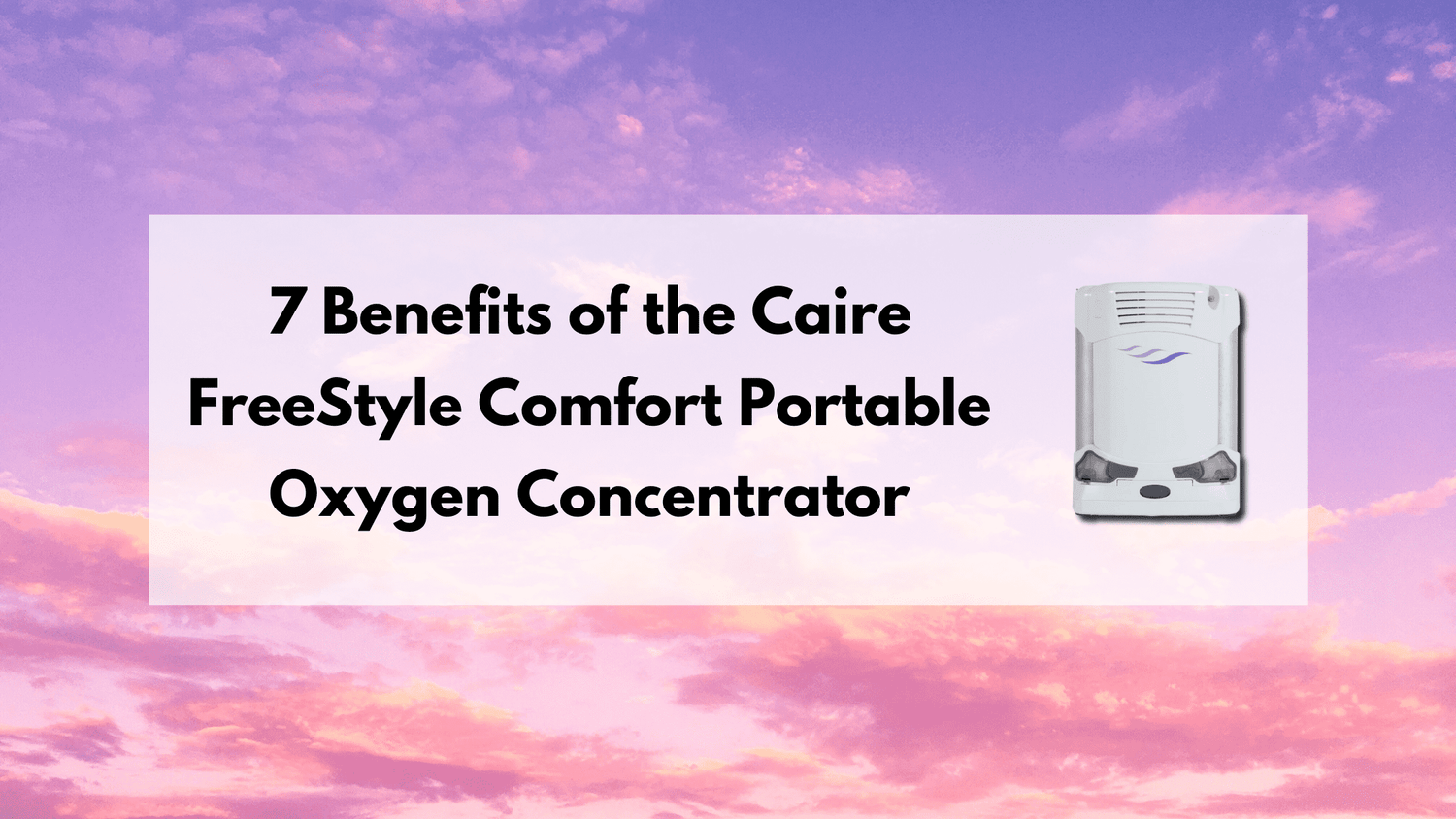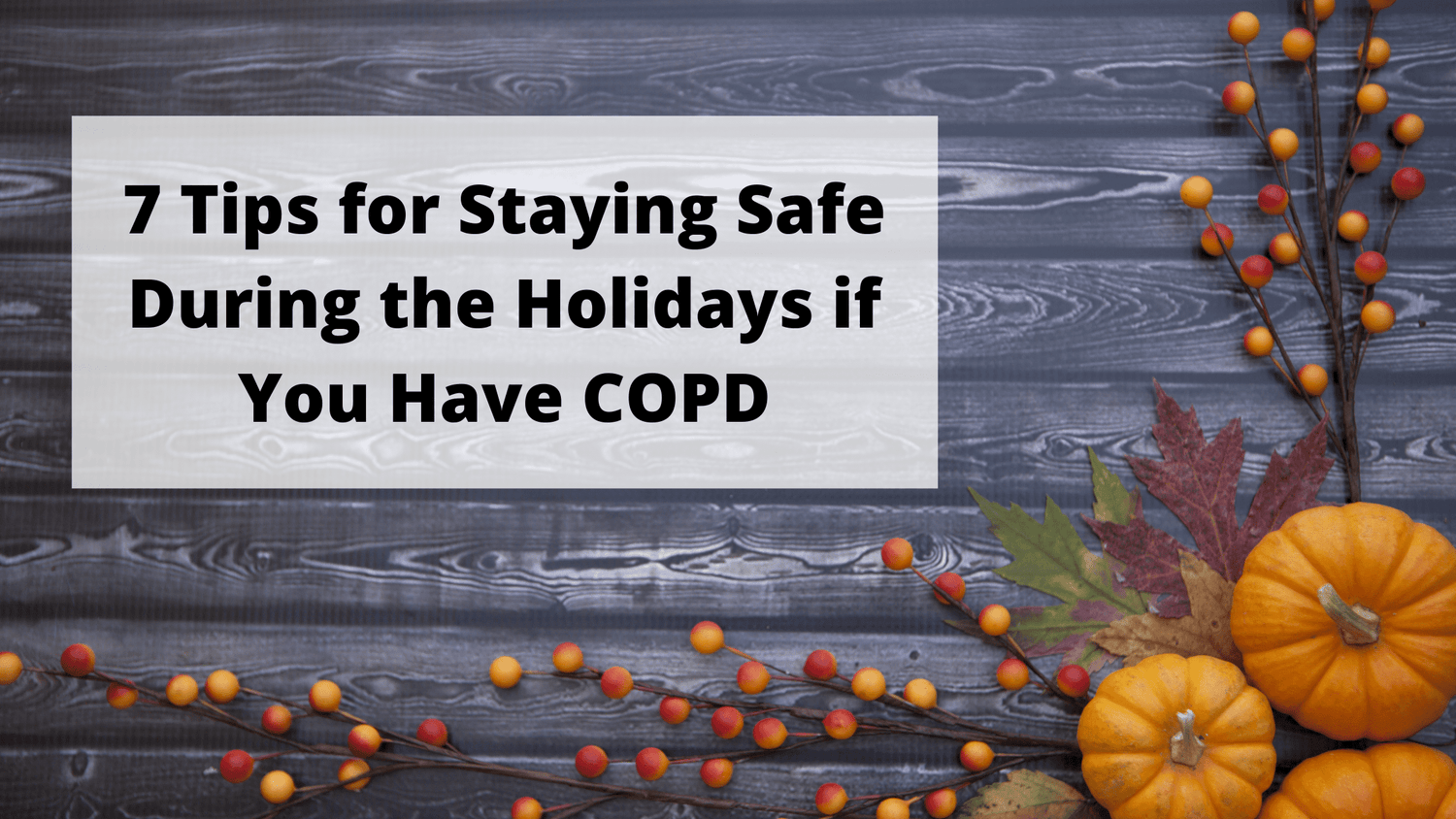Respiratory Resource Center - LPT Medical
COPD and Motivation: How to Stop Struggling and Start Thriving
Life is filled with unpredictability. Whether it’s a change...
Read More7 Benefits of the Caire FreeStyle Comfort Portable Oxygen Concentrator
Chronic obstructive pulmonary disease (COPD) is an umbrella term...
Read More7 Tips for Staying Safe During the Holidays if You Have COPD
From the novel coronavirus to devastating wildfires, 2020 has...
Read More


